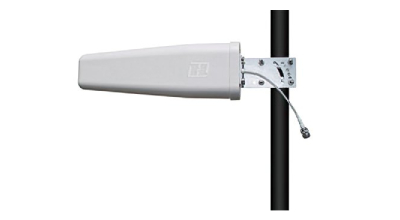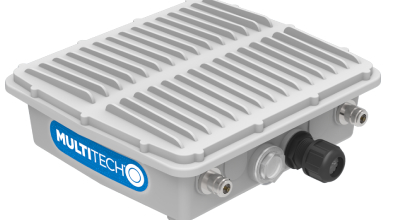
Class A LoRaWAN® End Devices Features and Functionality
LoRaWAN (Long Range Wide Area Network) is a low-power, wide-area network (LPWAN) protocol designed for wireless battery-operated devices. LoRaWAN technology offers long-range communication with minimal power consumption, making it ideal for IoT (Internet of Things) applications. This article delves into the features and functionality of LoRaWAN Class A end devices, which are the most energy-efficient and widely used devices in the LoRaWAN ecosystem.

Energy Consumption by LoRaWAN Device Class
LoRaWAN offers three classes of devices: A, B, and C. Each class has different energy consumption characteristics:
- Class A: The most energy-efficient class, with the lowest power consumption, optimized for battery-operated devices.
- Class B: Offers more frequent receive windows, leading to increased power consumption.
- Class C: Features continuous receive windows, consuming the most power among the three classes.
LoRaWAN Class A Receive Windows
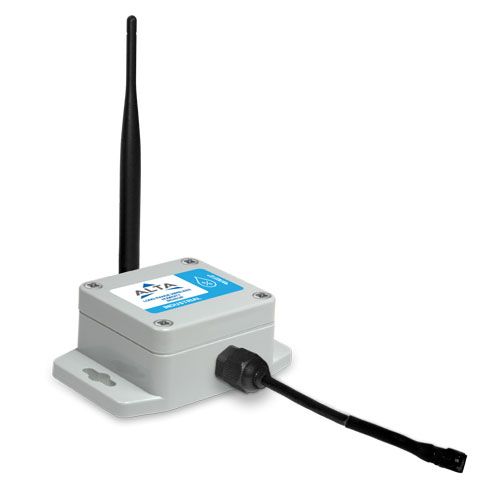
Class A devices have two mandatory receive windows, RX1 and RX2, which occur after every uplink transmission. These windows allow the device to receive downlink messages from the network server. The first receive window (RX1) opens 1 second after the uplink, while the second receive window (RX2) opens 2 seconds after the uplink.
LoRaWAN Class A Transmission Frequencies and Data Rates
LoRaWAN operates in various frequency bands, depending on the region. In Europe, it uses the 868 MHz band, while in North America, the 915 MHz band is used. LoRaWAN supports adaptive data rate (ADR) for efficient energy consumption and network capacity utilization. The data rate varies from 0.3 kbps to 50 kbps, depending on the spreading factor and bandwidth.
MAC Commands
LoRaWAN uses media access control (MAC) commands for communication between end devices and network servers. MAC commands enable efficient network management, such as setting the data rate, requesting status reports, and managing device channels.
Class A Energy Profile
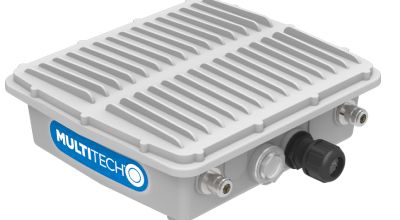
Class A devices have the most energy-efficient profile among LoRaWAN device classes. They utilize a sleep mode between transmissions to conserve power, with their low duty cycle ensuring battery longevity.
LoRaWAN Network Topology
LoRaWAN utilizes a star-of-stars topology, with end devices connecting to gateways that relay data to the network server. The network server manages communication between devices and gateways, enabling seamless data transmission and network management.
Unconfirmed and Confirmed Messaging
Class A devices support both unconfirmed and confirmed messaging. Unconfirmed messages are sent without acknowledgment from the network server, while confirmed messages require an acknowledgment. Confirmed messaging incurs higher energy consumption, as devices must wait for the acknowledgment during the receive windows.
Application Server Downlinks
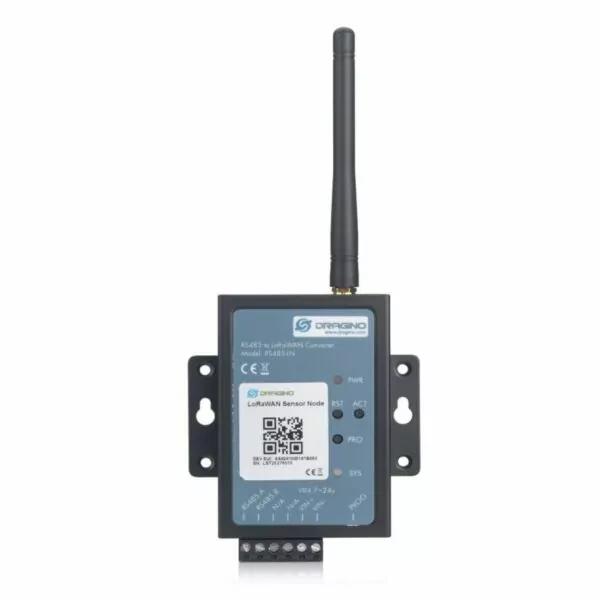
Class A devices receive downlink messages from the application server during the two receive windows (RX1 and RX2). These downlinks can carry commands, configuration updates, or other data from the application server to the end device.
Conclusion
LoRaWAN Class A end devices are the most energy-efficient and widely used devices in the LoRaWAN ecosystem. With features like low energy consumption, adaptive data rates, and network topology, Class A devices are ideal for IoT applications that require long-range communication and minimal power usage. By understanding the features and functionality of Class A devices, developers can better utilize LoRaWAN technology in their IoT deployments.
